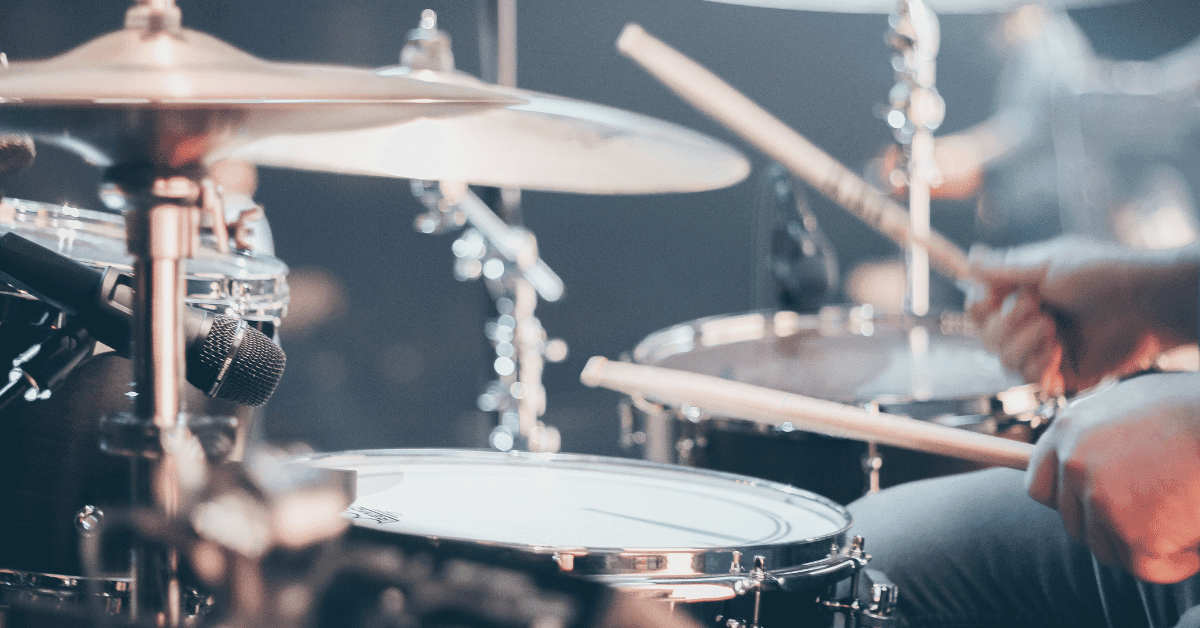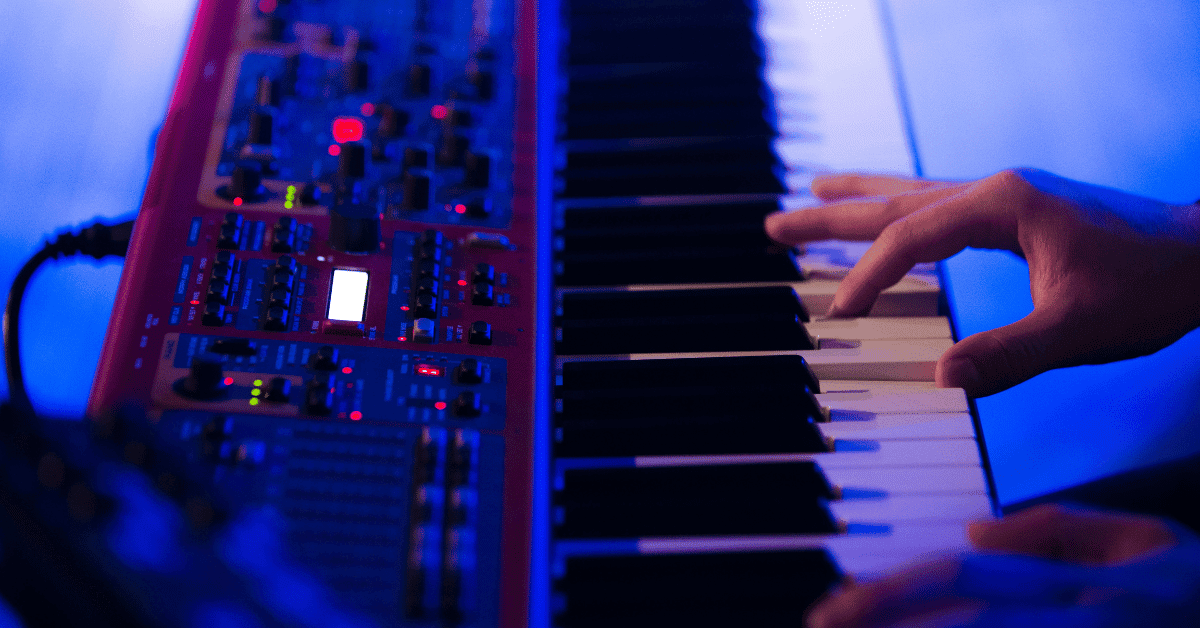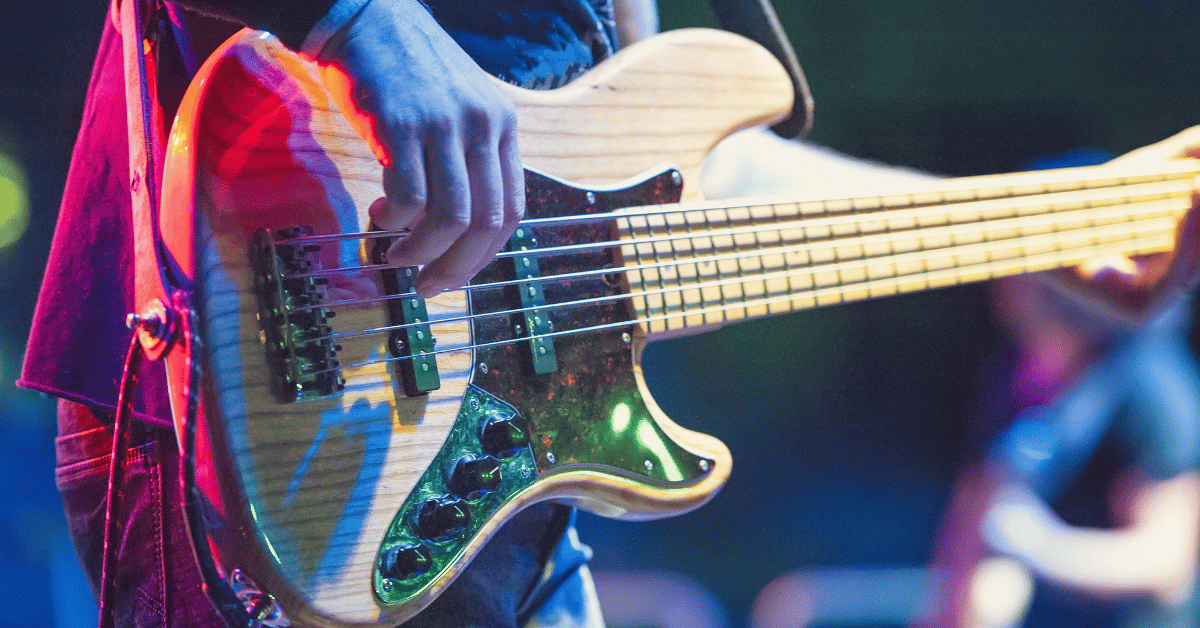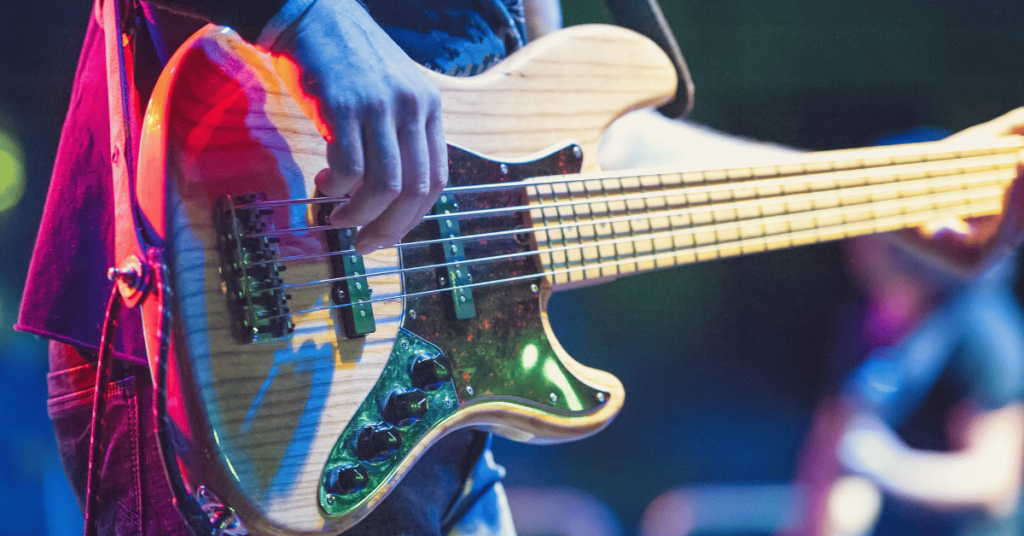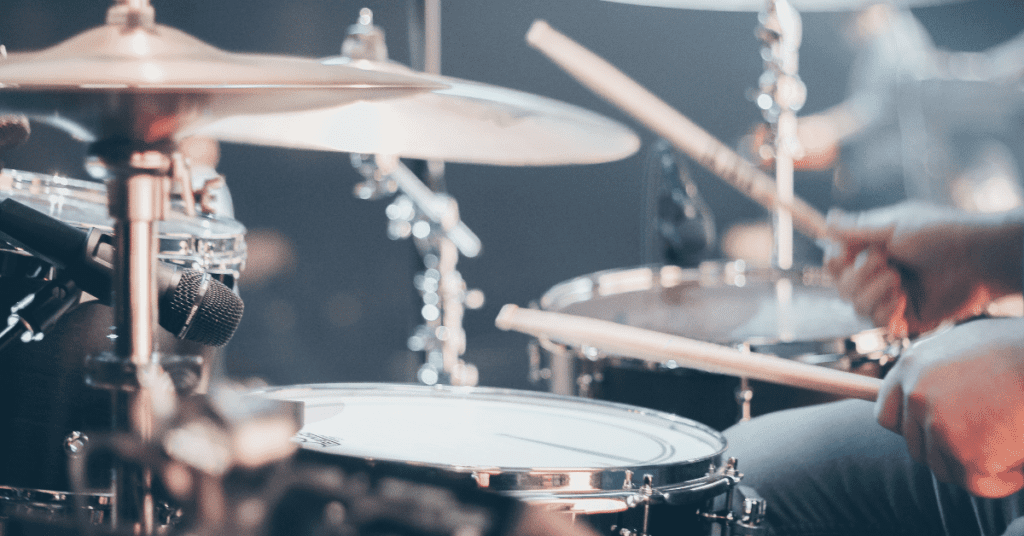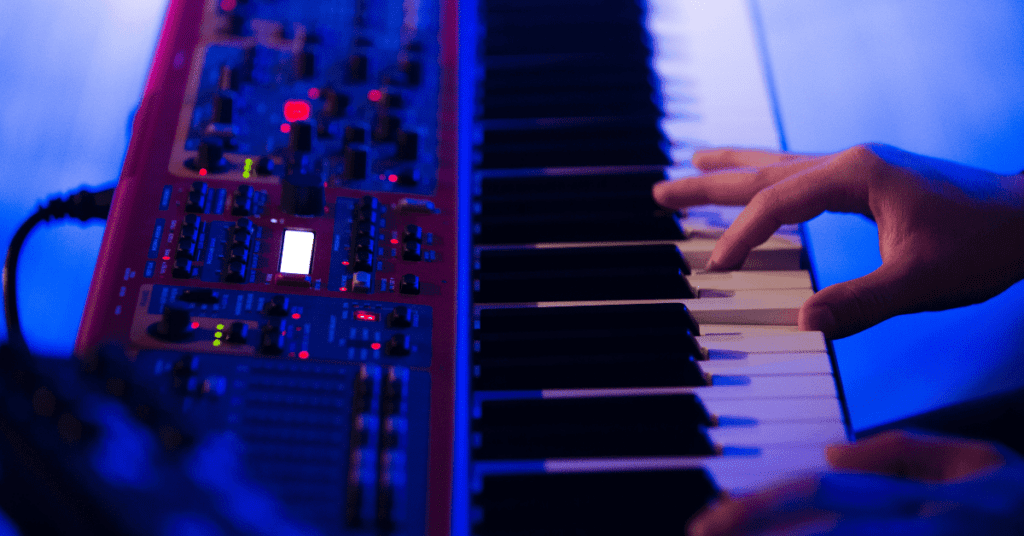Proper micing technique – an often overlooked and misunderstood factor to good guitar tone.
Are you placing your microphones correctly on your amps? Maybe you’re overthinking it too much?
Today, let’s take a look at the most common mics used on guitar amps and how you can adjust them to get the best tone out of your amp.
What Mics Can I Use?
The classic workhorse. You can probably throw it off a bridge and it will still work. There is a reason why everyone uses them. They just sound good.
Practically the same thing as a 57 but a little bit broader frequency response and a little hotter. I did a very long tour where some nights the crew would give me these instead of normal 57’s (because they lost the 57’s somehow). I found them to be a bit fuller sounding and liked them a lot.
I owned one of these. I disliked it and still do not like them much. They are really convenient because they have side-address design and can be hung over a cabinet without a stand, but I just don’t think they sound as good as 57’s. I see them more often in the metal guitar world than others. I feel like they are a bit more scooped sounding. Save your money and buy a 57.
A classic studio mic. Has some nice low end rolloff settings to clean up the mud a bit. Great when blended with a 57 as it has more extended highs and lows.
Classic vocal mic, but great on guitars. I love it in the studio. A bit brighter than a 57 and less mid-focused.
A high-end ribbon mic that’s famously used on guitars. Ribbons pick up signal from the front and back and are a bit more fragile, so you don’t see them used on the road much. Very warm sounding.
Another dark ribbon mic very commonly found in the studio. Usually paired with a SM57. Much more affordable than a 121.
Learn About the Microphone
I burst out laughing when I heard this story from our sound guy this past weekend: He was running front of house at a decently large event where the backline tech set up a long row of guitar amps backstage. On each of the amps was a Sennheiser 421, but because of the look of the mic, the tech thought the capsule picked up signal to the side and had all the mics pointing towards the sides of the amps. This would create massive phasing issues between amps and simply just sound bad. Surprisingly, the tech did not care one bit.
If you are using a new microphone, learn its characteristics and features before placing it on the amp.
Where Do I Place It?
The fail-proof method
When in doubt, take an SM57 and place it right outside the edge of the center cone of the speaker on the grill (or just off of it). Use your phone’s flashlight against the grill to see where the speaker is. This is pretty much the most common placement you will ever see on the road.
You should be able to do this, adjust your amps settings and be good to go most of the time. I recommend that you always start here and adjust to taste.
If your amp does not offer much EQ flexibility (such as an amp with one tone knob), fine tuning the mic placement can benefit your tone greatly. Moving the mic away from the grill will reduce low end and tighten up your tone. Placing the mic further towards the edge of the speaker will reduce high end.
You can place the mic at the center of the speaker but odds are it will be rather bright. On the newer Fender Deluxe’s, I like to place it halfway between dead center and the outside edge. Everything depends on the amp and speaker.
If you have a cab with speakers placed more towards the ground and one higher, micing the lower speaker(s) will give you more low end because they are closer to the ground.
A mic technique I like to use a lot in the studio, or live if I have two mics for each amp, is the Fredman technique.
It involves combining two 57’s – one straight on and one at a 45 degree angle with their capsules next to each other. Placing a mic at 45 degrees reduces the low-end a tad (proximity effect) and some of the harsh highs as well. Sometimes, if I only have one mic I will experiment with turning it at an angle as well.
Experiment. Everything ultimately depends on your amp and mics you have available. Have someone play your guitar while you go and move the mic around. Listen to how things change and train your ear.
Get In Phase
When running stereo or dual miking, phasing is a vital factor. Many amps are out of phase with each other (like Vox’s and Matchless’s) and need adjustment.
Have your sound guy flip the phase on one of your two mics and see how it affects the sound. If one mic/amp is out of phase it will sound really wide and/or lose low end. If it is in phase it will sound full and more in the center. If you flip the phase when blending mics and the tone does not change much, that means they are out of phase. You have to adjust the distance of one of the mics to match the other (try placing the capsules close together).
Quick tip: add separation between stereo amps using pedalboard cases, foam, or case lids. Sometimes I will open my pedalboard case, put it on its side, and slide it between the amps. What this does is help prevent the mic of the left amp from picking up the delayed signal coming from the right amp (or vice versa) and prevents phasing issues.
All of this may seem like a lot to some, but it really is rather simple. Don’t overthink it, but also make sure you are not doing something strange. Sometimes simpler is better. Just make sure those mic stands are tight and shred on my friends.
Are you looking to take your guitar tone to the next level? Check out our guitar tone masterclass completely free!
Click below to get started!
You may also be interested in these resources!
- Overdrive Pedals: Finding Your Tone
- Worship Guitar Tone Master Class
- Guitar Rig Rundown: Pedals & Gear
- 6 Little Known Ways the Best Musicians Practice
- Mastering Your Fretboard & Transposing Lead Guitar


